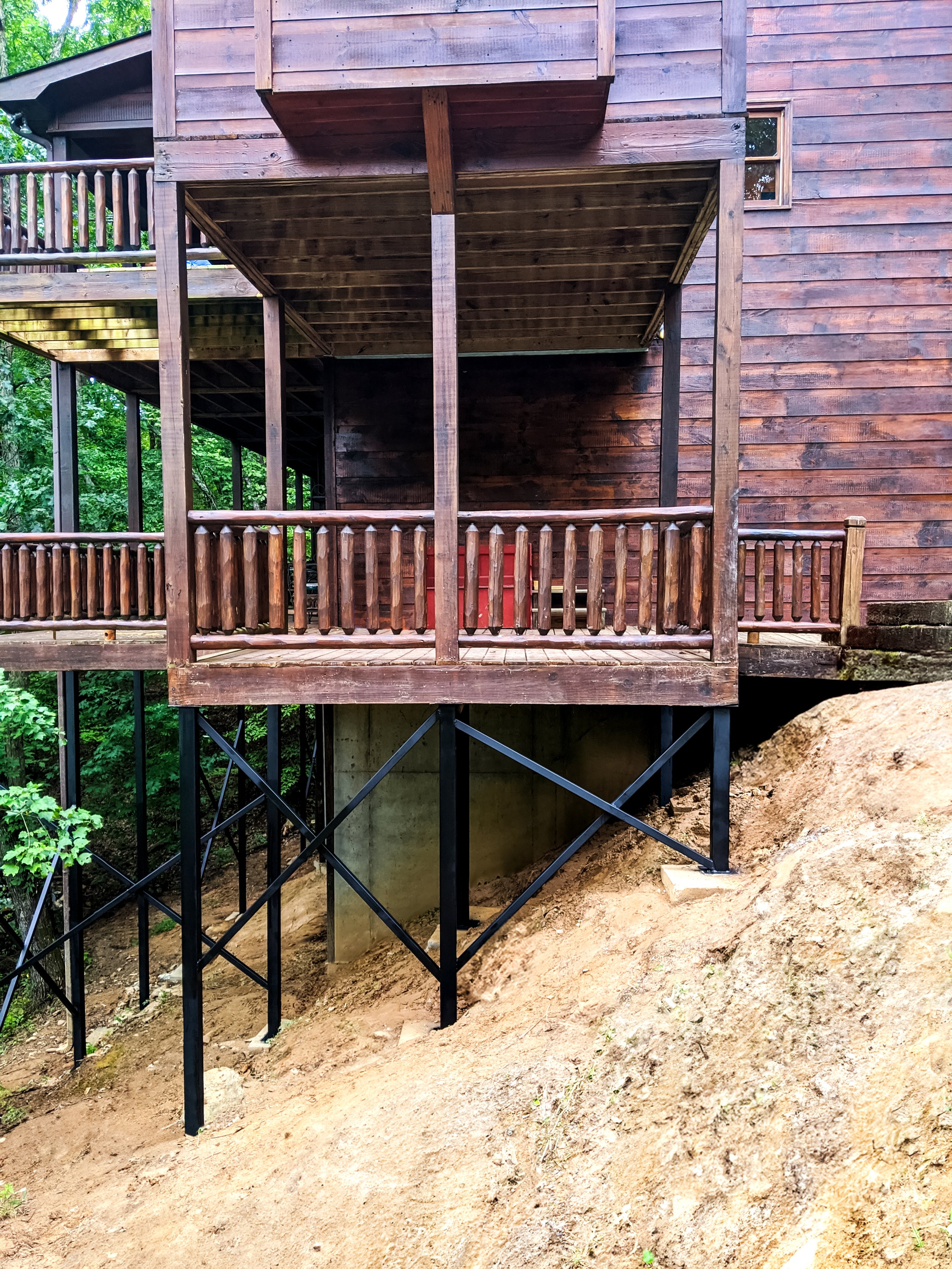Can You Repair Rotten Decking Without Replacing It?
Introduction
Decks serve as an extension of our homes, providing a space for relaxation, entertainment, and enjoying the outdoors. However, exposure to the elements can lead to deterioration, particularly in wooden decking. Homeowners often face the dilemma of whether to replace their rotting deck or attempt repairs. This article explores the question: Can you repair rotten decking without replacing it?
We'll dive into various aspects of deck repair, focusing on techniques that can restore your deck while maintaining its structural integrity. Whether you're in Atlanta or anywhere else, understanding how to handle rotten decking is crucial for ensuring safety and longevity.
Can You Repair Rotten Decking Without Replacing It?
Understanding Decking Materials
Before discussing repair methods, it’s essential to understand the types of materials used for decking. This knowledge will help you assess whether your specific type of decking is suitable for repair.
1. Wood Decks
Wooden decks are popular due to their natural beauty and ease of installation. However, they’re susceptible to rot if not properly maintained.
2. Composite Decks
Made from a blend of wood fibers and plastic, composite decks are designed to resist rot and decay but can still suffer from surface damage.
3. PVC Decks
PVC decks are entirely synthetic and highly resistant to moisture and decay but may require specialized repair techniques.
Signs of Rotting Decking
Identifying rotting wood early can save homeowners from extensive repairs later on. Here are some common signs:
- Soft Spots: Press down on the wood; if it feels spongy or soft, it's likely rotting.
- Discoloration: Look for dark spots or changes in color.
- Cracks and Splits: These may indicate that the wood has become brittle due to rot.
- Mold Growth: Mold or mildew often indicates excessive moisture retention.
Assessing Damage: Is It Worth Repairing?
Sometimes, it’s obvious when a deck needs replacing—extensive rot throughout may signal it's time for a new structure. However, if only certain areas are affected, repair might be possible.
Factors to Consider
Basic Tools Required for Repair
Having the right tools makes all the difference in executing effective repairs:

- Circular saw
- Hammer
- Pry bar
- Wood chisel
- Power drill/screwdriver
- Safety goggles
- Work gloves
Step-by-Step Guide to Repair Rotten Decking
Now that we understand our options let’s delve into repairing rotten decking without replacing it entirely.
Step 1: Safety First!
Before starting any project:
- Wear protective gear (gloves and goggles).
- Ensure the deck is clear of furniture or debris.
- Make sure no electrical lines run through the work area.
Step 2: Identify Affected Areas
Inspect every board thoroughly:
Step 3: Remove Damaged Boards
Carefully pry out damaged boards using a pry bar:
- Work slowly to avoid damaging adjacent boards.
- If screws or nails are rusted, use pliers or a drill/driver for removal.
Step 4: Assess Joists and Support Beams
Check beneath removed boards:
- If joists show signs of rot (softness), they will need replacement as well.
Step 5: Cut Replacement Boards
Measure your removed boards accurately:
- Cut new boards from treated lumber to prevent future decay.
Step 6: Secure New Boards
Attach new boards with stainless steel screws:
Step 7: Finish with Sealant or Stain
Once everything is secured:

- Apply a waterproof sealant or stain to protect against moisture intrusion.
Preventative Measures After Repair
After addressing existing issues, preventing future problems is key:
Costs Associated with Structural Deck Repair in Atlanta
Understanding costs helps homeowners budget effectively:
| Item | Estimated Cost | |----------------------------|------------------| | Tools | $100 - $300 | | Replacement Boards | $20 - $40 per board | | Sealants/Stains | $15 - $30 | | Labor (if hired) | $50 - $150 per hour |
Note: Prices may vary based on local suppliers.

FAQ Section
What causes decking wood to rot?
Rotting occurs primarily due to prolonged exposure to moisture combined with lack of ventilation and sunlight.
How do I know if my deck needs replacing?
If you identify extensive soft spots across multiple boards or major structural issues with joists/support beams, replacement is likely needed.
Can I use regular lumber for outdoor decking?
While it's tempting, untreated lumber isn’t advisable due to its susceptibility to rot; opt for pressure-treated wood instead.
Is hiring professional help necessary?
For extensive damage or if you're unsure about structural integrity, hiring professionals specializing in structural deck repair Atlanta can ensure safe outcomes.
How long does deck repair typically take?
Depending on extent of damage and size of the deck, repairs can take anywhere from a few hours day up through several days if extensive work is required.
What kind of maintenance does my repaired deck need?
Regular cleaning followed by annual sealing/staining will keep your repaired deck looking great while extending its lifespan.
Conclusion
In summary, while severe damage may necessitate complete replacement, many cases allow homeowners like you to tackle repairs effectively without tearing everything out. By assessing damage carefully and applying proper techniques outlined above—alongside preventive measures—you can enjoy your outdoor space worry-free! So next time you ponder over questions like “ Can you repair rotten decking without replacing it?”, remember that with diligence and effort, effective solutions are within reach!
When faced with challenges structural deck repair Atlanta regarding structural integrity—especially in locations prone like Atlanta—consulting experts in structural deck repair ensures safety remains top priority while achieving desired results!